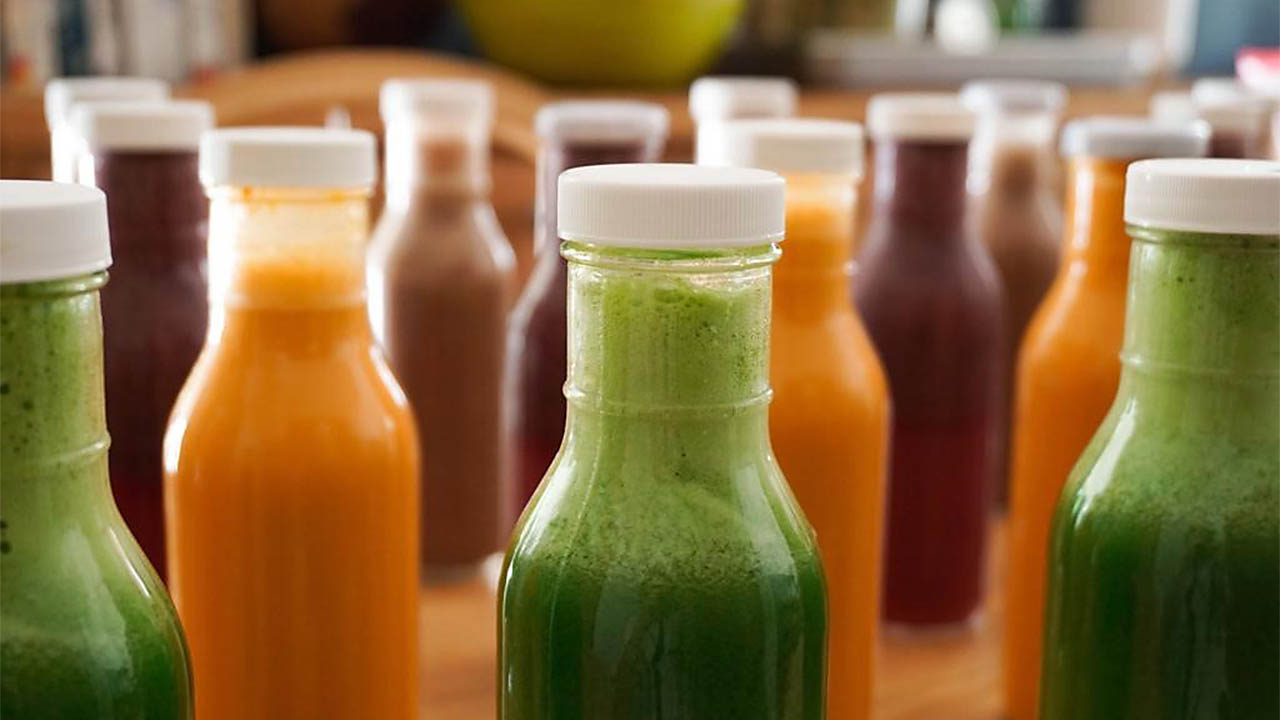Five healthy juices to make this fall
 CREDIT: LIVITY JUICE
CREDIT: LIVITY JUICETry these five healthy juice recipes to keep your health goals in sight all season long.
For many, the summertime is much easier than fall for maintaining a health regimen because of the warm weather. The heat can be encouraging for people to drink and eat more fruits to cool down. As the weather changes and the temperature drops, students should be reminded to continue their health journey and incorporate a healthy diet, especially as they get back to school. Using produce that comes from the earth can be beneficial for overall body health, but most importantly plays a vital role with maintaining brain health.
Here are five of my favourite juices to make at home during the fall semester:
1. Green Juice
Many people have a love-hate relationship with a good green juice. Some love the fuel that comes from it as well as the taste, whereas some might not be as inclined to make this because its flavour isn’t as sweet as more fruit-forward juices. The green juice that I like to make includes one green apple, a head of fresh ginger (peeled), ¼ cup of chopped and peeled cucumber, one lemon, one teaspoon of natural honey, ½ teaspoon of cayenne pepper and one cup of baby kale. Note: if you have a juice press this will be extremely easy to make, if not, you can use a regular blender you will just need to strain it after it’s blended.
2. Berry Juice
There’s nothing like a good mixed berry juice. This recipe can also be made as a smoothie if you’re looking for something more filling. The berries that you choose are completely up to you. I personally prefer using strawberries, blueberries, and raspberries. Once those are in a mixing device, I add one teaspoon of manuka honey, ½ a teaspoon of freshly grated ginger, and one cup of water. When making this into a smoothie, I like to supplement the water for oat milk or yogurt. However, this step is completely preferential, and I’m sure that whatever juice or milk you choose will make your drink taste delicious! An additional step that you can include is using açaí powder to help stimulate your immune system, but this is optional.
3. Tropical Juice
There are stages during the fall where I find myself a little homesick and want a taste of the tropics or a reminder of the summertime. In this juice I like to use half a mango, half a pineapple, ½ cup of coconut water, one teaspoon of natural honey, and ½ teaspoon of freshly grated ginger. If you have spirulina powder at home, this is also a great addition to this drink. If not, you can leave it out. This is the perfect drink to transport you from cold weather to a tropical destination.
4. Carrot Juice
This is more seasonally appropriate for the fall semester. I like to use coconut water or coconut milk in this recipe, however, using water is also fine. The ingredients I use for my carrot juice include half to a whole carrot, one lemon, one teaspoon freshly grated ginger, ¼ cup of chopped and peeled cucumber, a dash of cayenne pepper, and one teaspoon of natural honey. Oranges also compliment this drink nicely. If you have an orange, try using half of it or a whole, in your juice mixture.
5. Beet Juice
It’s extremely important to take note that beets do stain; be mindful of this when creating this drink. I like using half to a whole beet, half to a whole lemon, manuka honey, ½ teaspoon freshly grated ginger, one apple, and ½ cup of chopped and peeled carrots. In this recipe I like to use water as my liquid if I’m using a blender and not a juice press. However, I’ve heard great reviews on the use of blueberry juice in this recipe.
Tips on making these juices:
The quality of the produce you use plays a big part in the quality of your juice! I always notice that when I get fresh produce as opposed to frozen, my beverage is a lot more prominent in taste and more fueling.
Using honey that is locally and naturally made always makes me feel like I’m giving back to my body and the community. Manuka honey is also a great product to get your hands on as it has antibacterial properties that traditional honey doesn’t contain.
Using a regular blender can still result in fresh juice. While a juice press is much more convenient, it isn’t impossible to make fruit and vegetable juices in a regular blender. Just make sure you have a fine strainer on hand to strain out the pulp.
Lastly, be mindful of why you want to incorporate juicing into your diet. Is it for health benefits or is it to feel more connected with the Earth by using its resources? I always find that taking a moment to pause before making a juice always motivates me to make it and makes the beverage that much more enjoyable.















